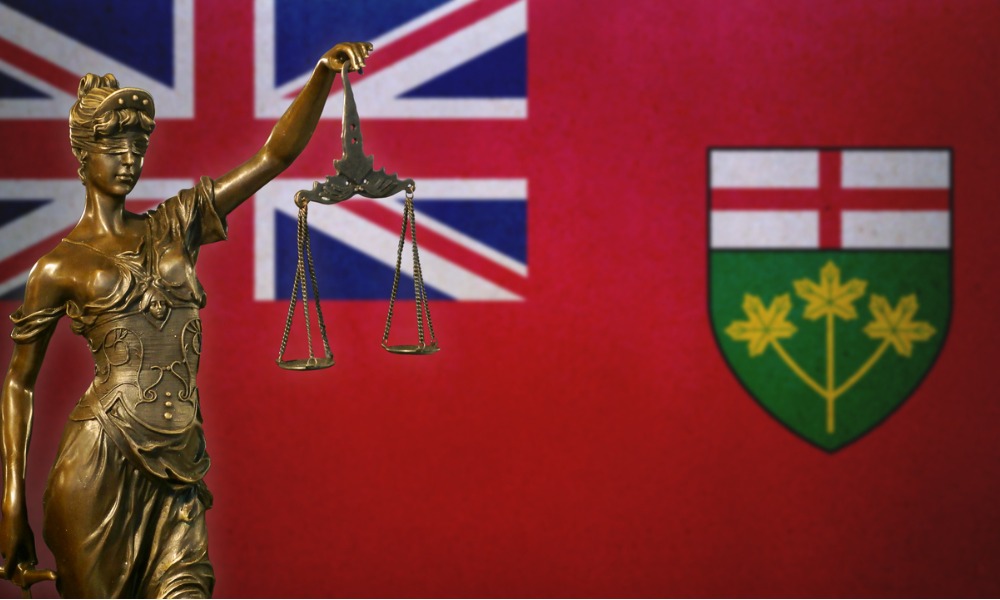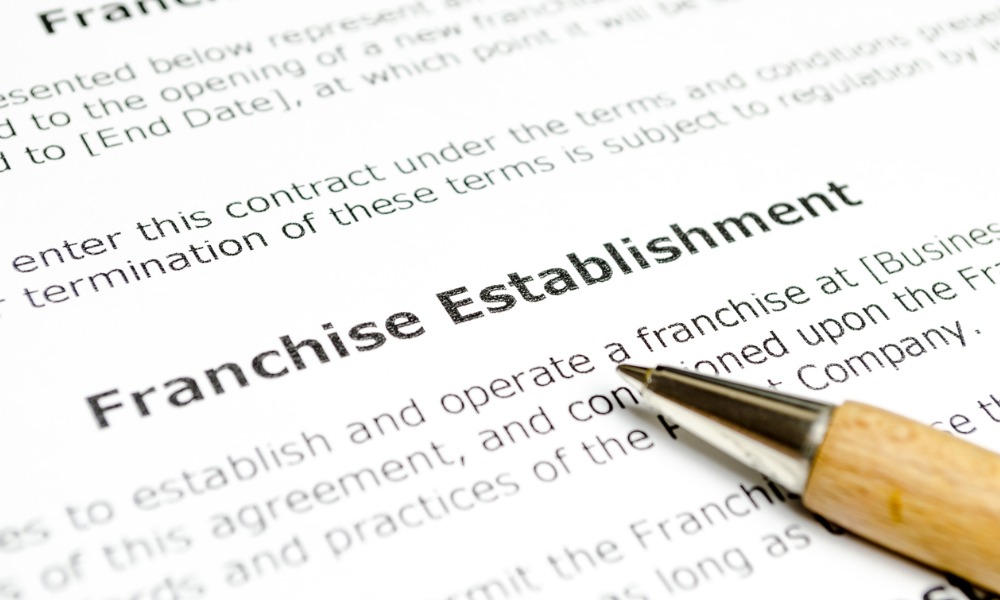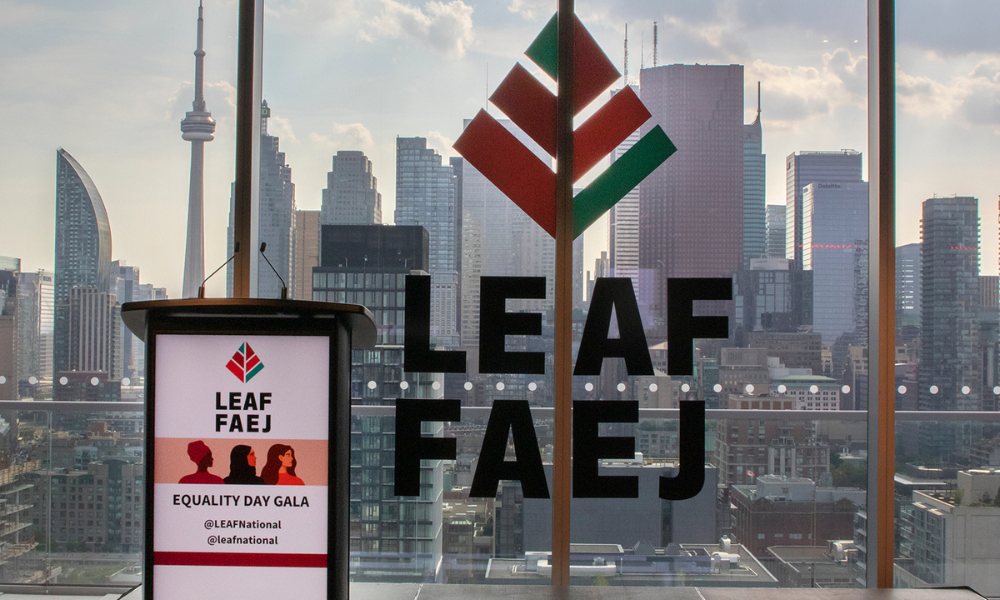Family structures have shifted dramatically in recent years, due in part to advances in science and technology. In this new world, who, one might ask, can rightly be called a “parent?”
Last year we saw the courts make a groundbreaking decision in A.A. v. B.B. In that case, there was a biological mother (C), biological father (B), and the biological mother’s same-sex partner (A). All three were actively involved in the child’s life.
Two years after the birth of the child, A applied for a declaration recognizing her as the child’s parent. She too wanted to be the child’s “mother” in the eyes of the law. Both C and B, who believed that her rights as a parent should be recognized in law, supported her application.
The trial judge, although finding such a declaration would be in the child’s best interests, determined that he was without jurisdiction to make the order.
Justice Marc Rosenberg, speaking for a unanimous Ontario Court of Appeal, allowed the application.
The decision was monumental in that the case successfully challenged our traditional ideas of what a family is. This next case follows in A.A’s footsteps, although in the opposite direction.
M.D. v. L.L. was a case involving parents seeking to do exactly the opposite of what the Court of Appeal ordered in A.A. v. B.B.
In this case, the married couple, M and J were unable to conceive, but had a family friend, L, who agreed to act as M’s gestational carrier. L was married to I.
All of the genetic material was provided by M and J, making them the “biological parents.”
However, as we know from R. (J.) v. H. (L.), L being the one to actually give birth, was, under a strict reading of s.1 of the Vital Statistics Act, the birth “mother.”
Moreover, given the presumption in the Children’s Law Reform Act that the male spouse of a birth mother is the “father” of a child, both L and I had standing to become the child’s third and fourth parents, or maybe the first and second parents - confused yet?
Well, that was exactly what M and J wanted to avoid. They wanted to ensure that they were the only legally recognized parents of the child. Unfortunately, the registrar was not so willing to accommodate this request without a court order.
As a result, and with L and I’s consent, M and J applied to the court for a declaration that they were the parents of the child, E, and that L and I were not parents of E.
While declarations of parentage are not uncommon in Canada, only one other case in Ontario has dealt with a declaration of non-maternity.
That was a 2002 decision of Justice Frances Kiteley in R. (J.) v. H. (L.). The primary focus in that case dealt with the legal presumption that the husband of a mother is the biological father of the child(ren).
While declarations of non-paternity are not overly problematic, declarations of non-maternity are more so because the legislative scheme in the Vital Statistics Act inferentially defines a mother as the one who gave birth to a child. In R. (J.) v. H. (L.) the legal presumption of paternity was easily rebutted as a result of DNA testing.
Kiteley also allowed the application on the declaration of “non-maternity” declaring the birth mother (gestational carrier) as not a mother of the child, but primarily on the basis that the application was on consent and in the child’s best interests.
A full analysis of the issue was not conducted however, until M.D. v. L.L..
In M.D. v. L.L., Justice Clifford Nelson conducted a comprehensive analysis of whether, and if so, how, the court can “declare a person not to be the mother of a child when she is, in fact, the mother of that child pursuant to a statute.”
The answer was a resounding “yes.”
Nelson noted that limiting the court’s jurisdiction to affirmative declarations of parentage only leaves the door open for others, such as surrogate birth mothers and potentially their husbands, to seek status as parents of the child in the future, irrespective of what is stated on a certificate of live birth, if a corresponding declaration of non-parentage is not made.
Having such a gap, with very significant and possibly harmful consequences down the road, is not in a child’s best interests.
As a result, Nelson made it clear that given the legislative gap, the Court’s parens patriae jurisdiction clearly permits declarations of non-parentage, even in cases where a statutorily defined mother is being declared to not be a mother.
We have now moved to a legal scheme that permits declarations of multiple parentage, such as more than one mother and more than one father (by extension) and a system where we can clearly limit the number of legally recognized parents.
So far, the jurisprudence comes to us from cases done on consent.
In the next few years I am certain we will see the court revisit these issues when at least one party is not on board, so stay tuned.
Marta Siemiarczuk is a lawyer practising family law, collaborative family law, and civil litigation with the Ottawa office of Borden Ladner Gervais LLP. Marta can be reached at [email protected]
Last year we saw the courts make a groundbreaking decision in A.A. v. B.B. In that case, there was a biological mother (C), biological father (B), and the biological mother’s same-sex partner (A). All three were actively involved in the child’s life.
Two years after the birth of the child, A applied for a declaration recognizing her as the child’s parent. She too wanted to be the child’s “mother” in the eyes of the law. Both C and B, who believed that her rights as a parent should be recognized in law, supported her application.
The trial judge, although finding such a declaration would be in the child’s best interests, determined that he was without jurisdiction to make the order.
Justice Marc Rosenberg, speaking for a unanimous Ontario Court of Appeal, allowed the application.
The decision was monumental in that the case successfully challenged our traditional ideas of what a family is. This next case follows in A.A’s footsteps, although in the opposite direction.
M.D. v. L.L. was a case involving parents seeking to do exactly the opposite of what the Court of Appeal ordered in A.A. v. B.B.
In this case, the married couple, M and J were unable to conceive, but had a family friend, L, who agreed to act as M’s gestational carrier. L was married to I.
All of the genetic material was provided by M and J, making them the “biological parents.”
However, as we know from R. (J.) v. H. (L.), L being the one to actually give birth, was, under a strict reading of s.1 of the Vital Statistics Act, the birth “mother.”
Moreover, given the presumption in the Children’s Law Reform Act that the male spouse of a birth mother is the “father” of a child, both L and I had standing to become the child’s third and fourth parents, or maybe the first and second parents - confused yet?
Well, that was exactly what M and J wanted to avoid. They wanted to ensure that they were the only legally recognized parents of the child. Unfortunately, the registrar was not so willing to accommodate this request without a court order.
As a result, and with L and I’s consent, M and J applied to the court for a declaration that they were the parents of the child, E, and that L and I were not parents of E.
While declarations of parentage are not uncommon in Canada, only one other case in Ontario has dealt with a declaration of non-maternity.
That was a 2002 decision of Justice Frances Kiteley in R. (J.) v. H. (L.). The primary focus in that case dealt with the legal presumption that the husband of a mother is the biological father of the child(ren).
While declarations of non-paternity are not overly problematic, declarations of non-maternity are more so because the legislative scheme in the Vital Statistics Act inferentially defines a mother as the one who gave birth to a child. In R. (J.) v. H. (L.) the legal presumption of paternity was easily rebutted as a result of DNA testing.
Kiteley also allowed the application on the declaration of “non-maternity” declaring the birth mother (gestational carrier) as not a mother of the child, but primarily on the basis that the application was on consent and in the child’s best interests.
A full analysis of the issue was not conducted however, until M.D. v. L.L..
In M.D. v. L.L., Justice Clifford Nelson conducted a comprehensive analysis of whether, and if so, how, the court can “declare a person not to be the mother of a child when she is, in fact, the mother of that child pursuant to a statute.”
The answer was a resounding “yes.”
Nelson noted that limiting the court’s jurisdiction to affirmative declarations of parentage only leaves the door open for others, such as surrogate birth mothers and potentially their husbands, to seek status as parents of the child in the future, irrespective of what is stated on a certificate of live birth, if a corresponding declaration of non-parentage is not made.
Having such a gap, with very significant and possibly harmful consequences down the road, is not in a child’s best interests.
As a result, Nelson made it clear that given the legislative gap, the Court’s parens patriae jurisdiction clearly permits declarations of non-parentage, even in cases where a statutorily defined mother is being declared to not be a mother.
We have now moved to a legal scheme that permits declarations of multiple parentage, such as more than one mother and more than one father (by extension) and a system where we can clearly limit the number of legally recognized parents.
So far, the jurisprudence comes to us from cases done on consent.
In the next few years I am certain we will see the court revisit these issues when at least one party is not on board, so stay tuned.
Marta Siemiarczuk is a lawyer practising family law, collaborative family law, and civil litigation with the Ottawa office of Borden Ladner Gervais LLP. Marta can be reached at [email protected]







